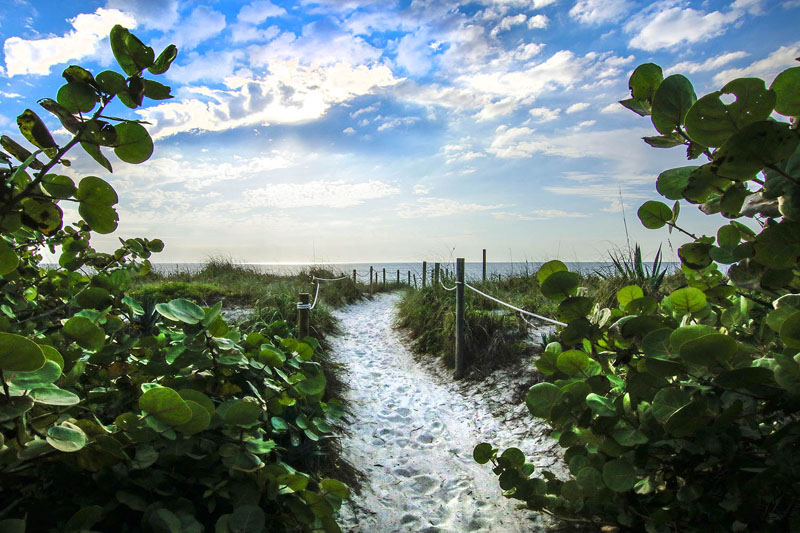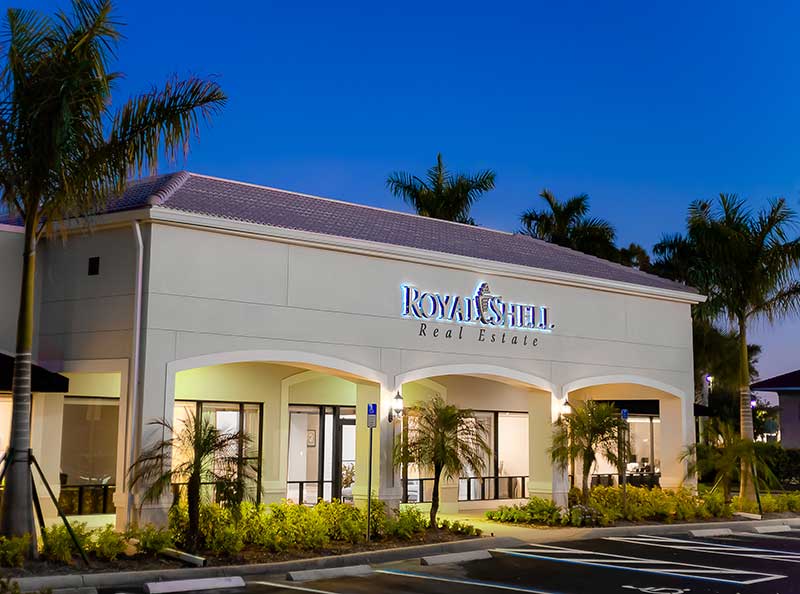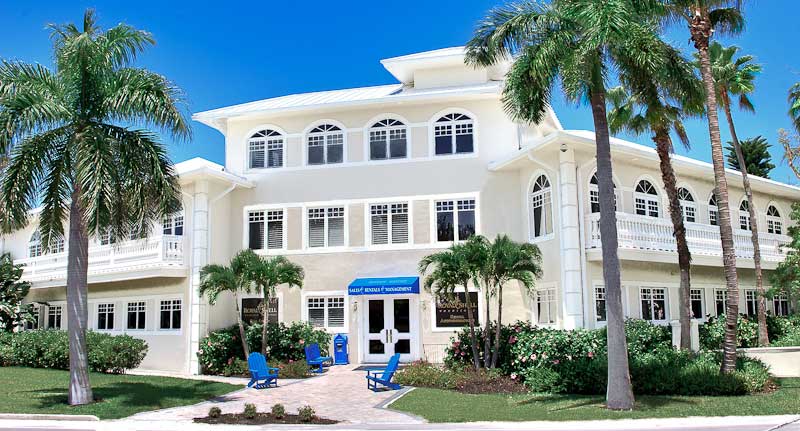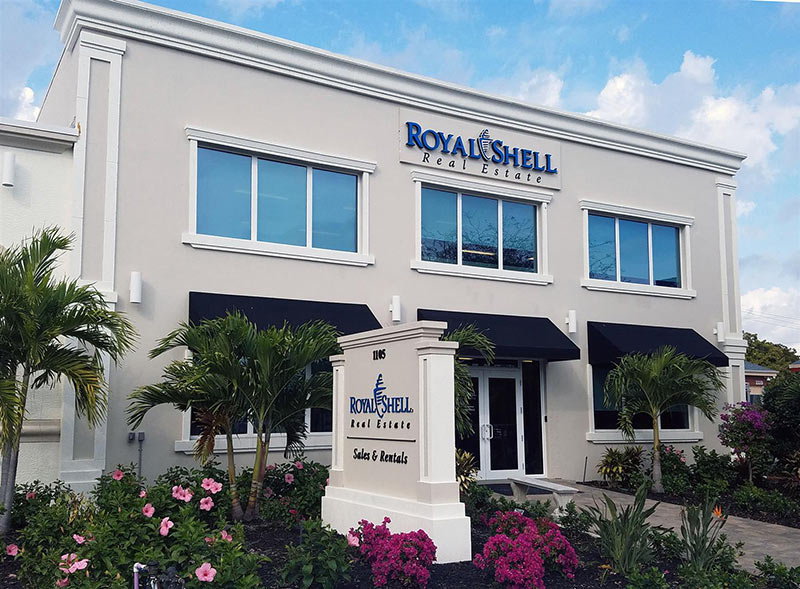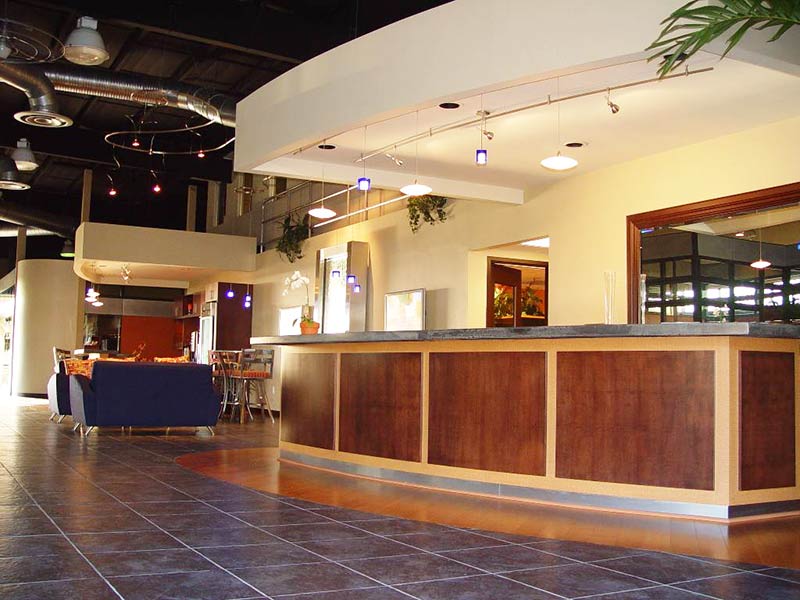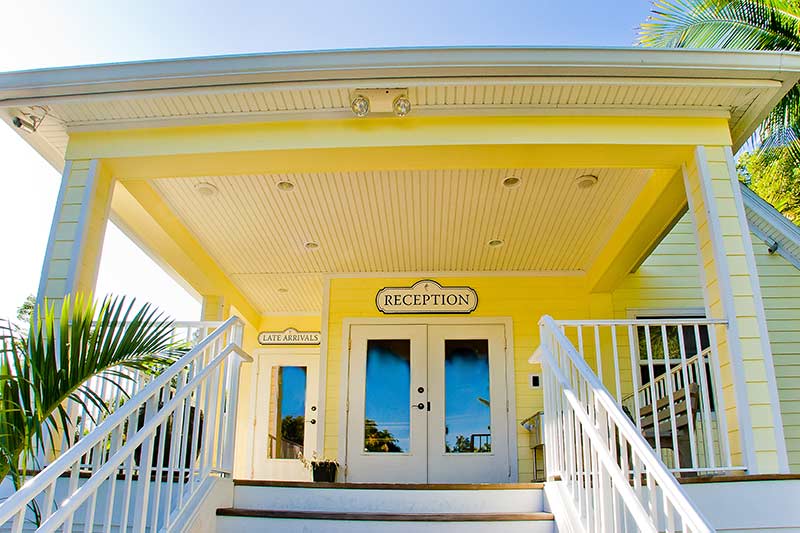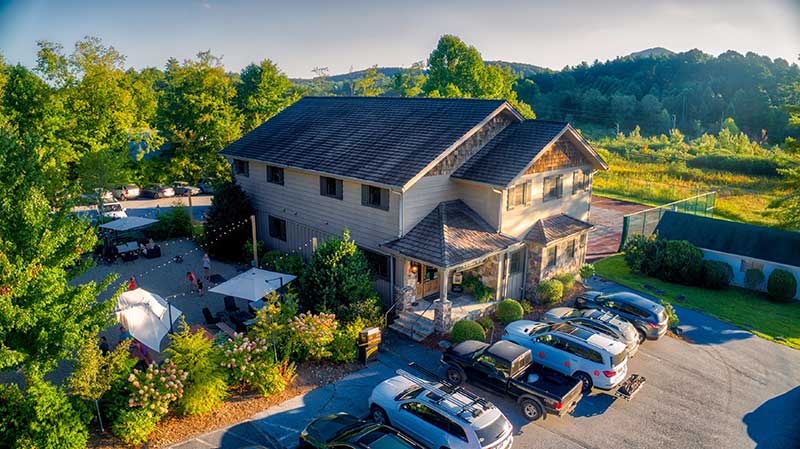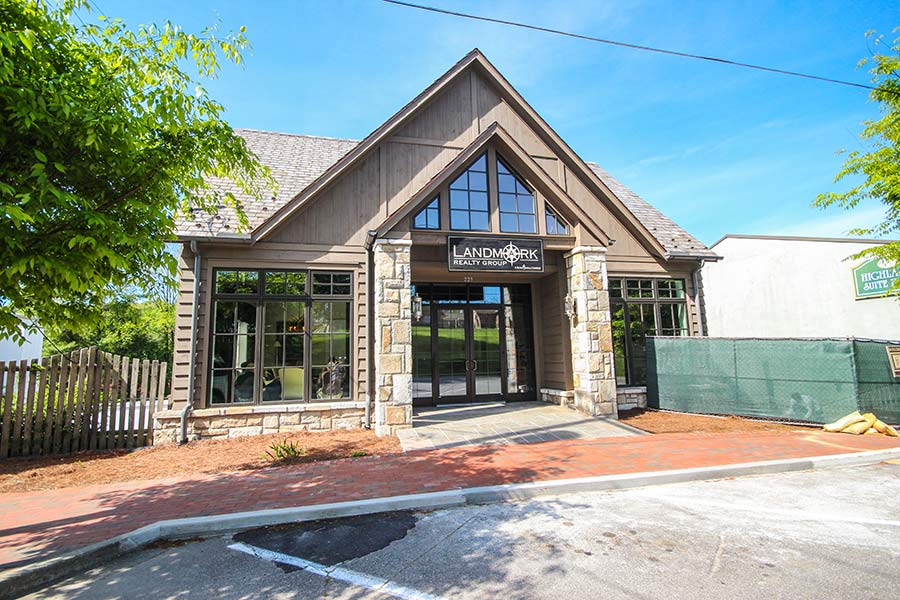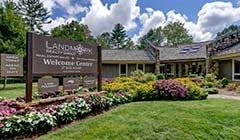If you want to experience the laidback Southwest Florida lifestyle and soak up the sun on one of the area’s many white-sand beaches, you need to visit Bonita Springs.
There is so much to do in Bonita Springs, including shopping, golfing and even Spring Training Baseball. Fort Myers, which is only about a half-hour drive away, is home to two Major League Baseball Spring Training camps.
Showing of properties
Unable to find any listings.



